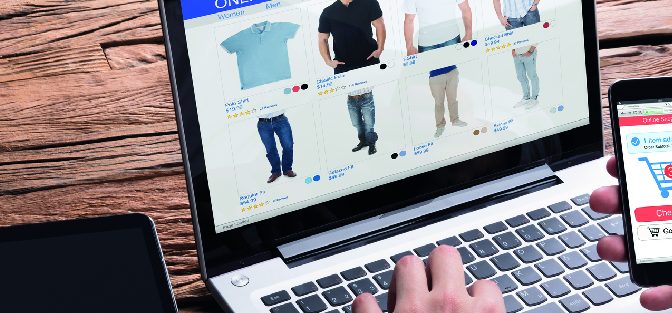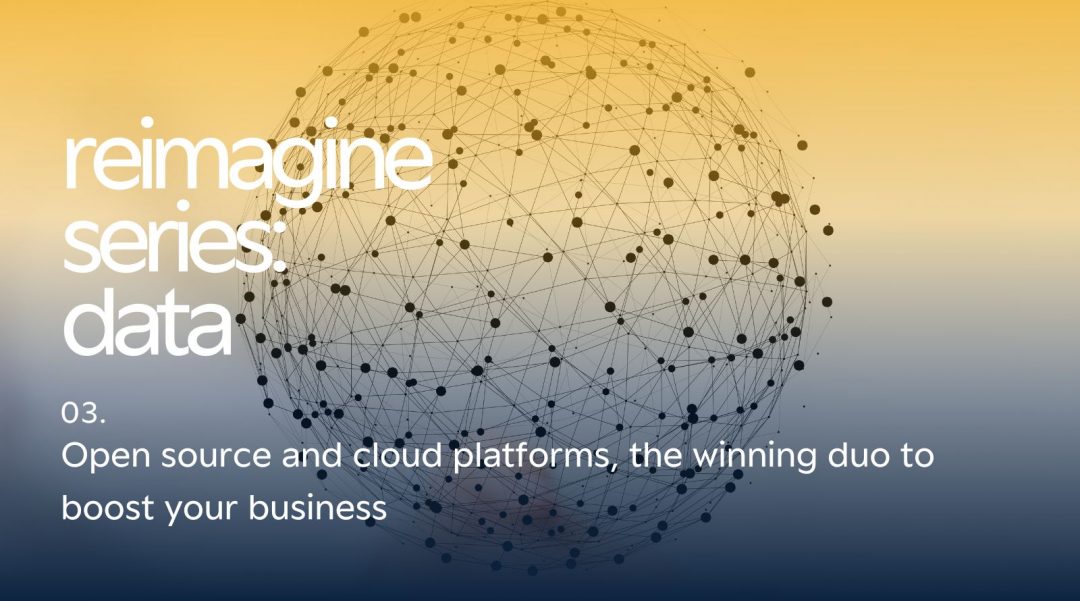Marketers are well aware that social media sites can play a role in influencing consumers, whether it is through product endorsement or building customer loyalty, for example. However, research by Christian Hildebrand and Tobias Schlager suggests that the effect of Facebook on consumers is both more subtle and powerful than commonly realized. They demonstrate that merely browsing this social media site has a significant impact on subsequent consumer decision making.
The importance of the customer experience is well understood by marketers. One component of that experience is the consumers’ path-to-purchase, or customer journey as it is popularly known. By mapping each activity and touchpoint between consumer and company, as the consumer moves through considering, researching, and making a purchase, companies hope to use that information to create more value. However, as research by Christian Hildebrand and Tobias Schlager reveals, one possible stop on the customer journey has a profound and underestimated influence on consumer decision making.
In recent years marketers have turned their attention to social media and the role that it plays in the customer journey. Facebook, with over two billion monthly active users, has been a particular subject of scrutiny. The focus of marketers, in keeping with that of the research in this area, has been primarily on the direct impact of Facebook on the decision making of consumers, now and in the future. This includes, for example, the gathering of information pre-purchase, the effect on purchasing intentions, and Facebook’s influence on customer loyalty.
Schlager and Hildebrand, however, believed that Facebook, (and possibly other social media) might have a significant indirect effect on consumers and their decision making. An effect that would arise even from exposure unrelated to making a purchase; when consumers were just browsing through their social media profile and the content of friends, for example, rather than specifically searching for product or purchase related information.
Their theory was that the nature of Facebook, in particular the way that it encourages people to focus on what other people think about them, influences the consumer’s subsequent behavior. Users become sensitized to the opinions of others, fear negative evaluation, and make decisions that tend to conform with the majority and avoid possible criticism, rather than decisions that assert their individualism.
The authors tested their theory using a substantial data set of nearly 200,000 anonymized, individual car configurations across nine European markets (Germany, France, Italy, UK, Spain, Netherlands, Norway, Finland, and Sweden) collected over a 12-month period, together with web tracking data. Using this data it was possible to piece together the browsing history of consumers prior to choosing a car (and identify referrals from Facebook), along with the decisions about the features they selected for their car package, and whether that converted into an actual sale.
Schlager and Hildebrand predicted that those consumers that had been on Facebook before making their car purchasing decision would make more conventional choices about the configuration of their car and the various features they wanted. This turned out to be the case. By priming individuals to focus on what others might think of them, browsing Facebook had indirectly shaped their choices as a consumer. This effect is contrary to previous research findings that consumers might normally have a tendency to choose unconventional options, expressing their individuality.
In this case ‘conventional’ consumer choices are those options that a consumer anticipates would be chosen and socially accepted by the majority of other consumers (thus affording the consumer a reliable way of avoiding disapproval and rejection by others). In the research, the authors developed an index to score conventionality, based on the rating of features by a sample of people similar to that used in the dataset.
The authors conducted a number of further experiments to establish that the mechanism they believed was at work was causing the subsequent choice of product configuration. (In this case the product was a dress shirt with various feature options, such as colored cuffs). For example, they compared exposure to Facebook prior to making a consumer configuration choice, to exposure to other social media platforms such as twitter and instagram. Their findings, from the additional experiments confirmed both that Facebook produces a significantly greater effect than other social media sites, and that the mechanism – the focus on others and the desire to conform through the choice of conventional product configurations – did indeed influence the decision making.
These findings have huge implications for senior executives, and marketers specifically, across all industries where organizations seek to influence customer choice. To start with they show that an understanding of the customer journey beyond that of the direct company-controlled touchpoints is essential. Furthermore, as the authors point out, the systematic use and analysis of web tracking data can help shape marketing decisions around what products and product features to offer consumers, depending on the web sites the consumers have been referred from or browsed previously.
Interestingly, the Facebook effect can also be harnessed to maximize profitability. Companies could engineer, or increase the likelihood of consumers visiting Facebook prior to making product or service purchasing related decisions, if they wished to promote more conventional products. And, as the authors also note, offering more conventional product configurations can increase profitability through a substantial reduction in associated costs, such as production costs.
Alternatively, should a company wish to promote less conventional product or service choices they should seek to mitigate the pro- conventional Facebook effect. This might be achieved by demonstrating a minority of consumers preferred the conventional choice. Or consumers could be exposed to a simple intervention that restores the consumers focus on self versus others, counteracting the Facebook effect. In their research paper the authors demonstrate the use of this method to encourage less conventional configurations, even after exposure to Facebook.
While these are some of the major practical implications of the Facebook effect there will, no doubt, be others for marketers to exploit. What is clear is that, given the ubiquity and popularity of Facebook, the Facebook effect revealed by Schlager and Hildebrand, and its tendency to homogenize decision making and promote conformity, cannot be ignored.
Related research paper:
Hildebrand, C. & Schlager, T., Focusing on others before you shop: exposure to Facebook promotes conventional product configurations, Journal of the Academy of Marketing Science (2018)
Editorial of special issue: Hamilton, R. & Price, L. L., Consumer journeys: developing consumer-based strategy, Journal of the Academy of Marketing Science (2019)
Featured image: ID 126322455 © Andrey Popov | Dreamstime.com




